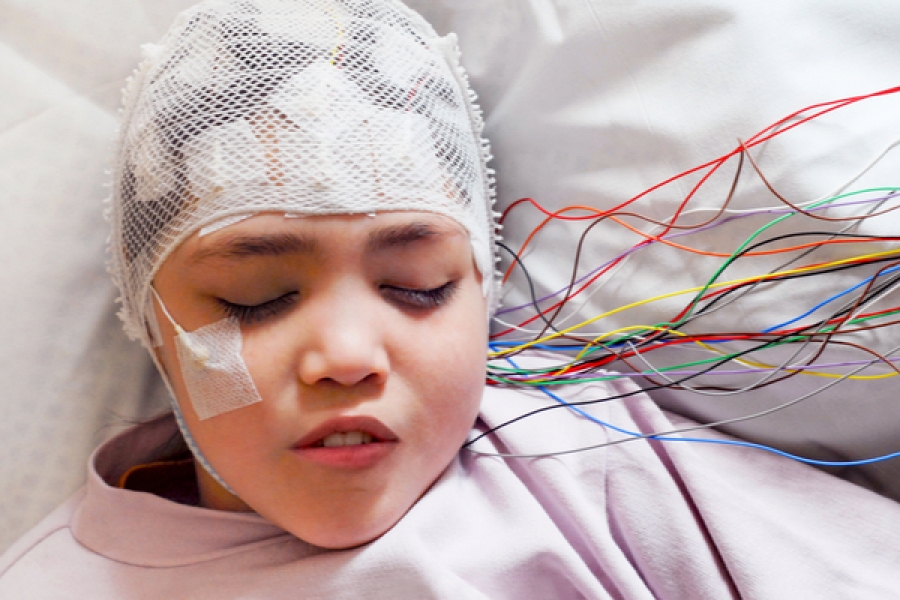The brain is without a doubt the most intricate and complex organ in the human body. It’s estimated to be made up of nearly 100 billion neurons, making approximately 100 trillion neural connections. Sometimes, these connections can become damaged. EEG biofeedback, or neurofeedback, can be an incredibly effective treatment to help restore damaged pathways so that the brain can function more optimally. If you’re interested in learning more about EEG biofeedback in Dallas, you’ve come to the right place.
What exactly is EEG biofeedback?
EEG biofeedback, more commonly known as neurofeedback, is a type of drug-free, non-invasive brain training therapy that leverages the brain’s neuroplasticity. During neurofeedback treatments, sensors are placed on the scalp. These are used to measure and transmit brainwave frequencies, not administer any type of electrical shock.
This real-time feedback helps individuals learn how to better self-regulate their brainwave frequencies. With enough practice, these changes become second-nature and you’ll be able to better respond to stressors, focus, and even relax.
What is neurofeedback used to treat?
Neurofeedback is used to treat a wide range of mental health disorders and neurological conditions. Most commonly, it’s used to help people who struggle to manage:
- ADHD
- Anxiety
- Attachment disorder
- Bipolar disorder
- Concussions and TBIs
- Depression
- Insomnia
- Migraines
- PTSD
Many professional athletes, scientists, and business executives also use neurofeedback to improve their overall cognitive function.
How does neurofeedback work?
Neurofeedback, like any type of training, takes time. Change doesn’t happen overnight. Rather, this therapy is a multi-step process. Here at Braincode Centers, we approach neurofeedback treatment with a 4-step system:
1. Initial consultation
To start, you’ll set up a consultation with one of our EEG biofeedback specialists where you can talk through the symptoms you’re experiencing and what you’re hoping to gain from treatment. During this initial treatment, your clinician will determine whether or not neurofeedback is an appropriate treatment option to try.
2. qEEG brain map
If neurofeedback is a good fit for you, you’ll complete a qEEG brain map. This is a procedure that measures electrical activity in the brain and identifies any areas that are underperforming or out of balance.
3. Personalized treatment plan
Based on the findings from your qEEG brain map, a personalized treatment plan will be created just for you to address the symptoms you’re experiencing. This type of fully-customized training helps your clinician address the specific brainwave irregularities that could be contributing to your mental health disorders or brain-based conditions.
4. Neurofeedback training
Once your personalized training program is created, you’ll start your neurofeedback treatments. During a training session, you’ll sit in a chair and the electrodes placed on your head will measure your brainwave frequencies with EEG technology. Neurofeedback training relies on a positive reward—which is usually a movie, song, or video game—to signify when you’re brainwaves are within optimal ranges.
If your brain starts producing irregular brainwaves, the movie, song, or video game will stop. This signifies that your brain needs to work to start producing normal brainwaves again.
Learn more about EEG biofeedback in Dallas
If you’re interested in learning more about EEG biofeedback in Dallas, reach out to us today at Braincode Centers. We offer cutting-edge neurofeedback treatment so you can live your happiest, healthiest life.
Contact us today to schedule a free consultation.

